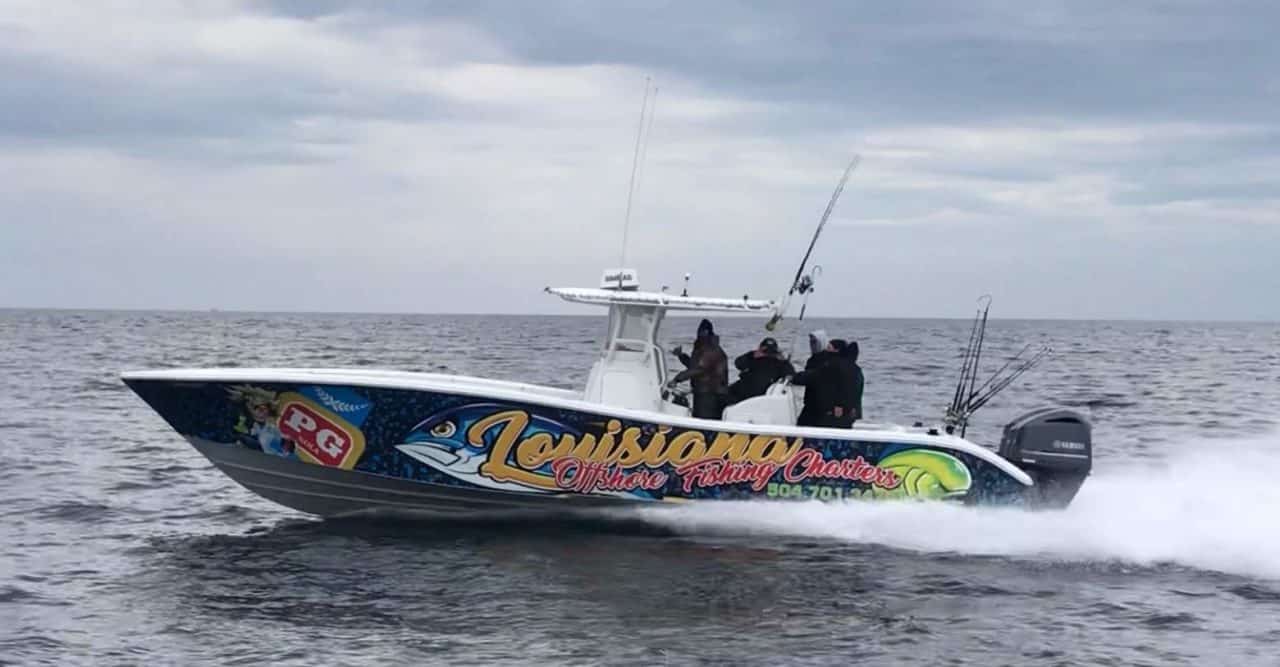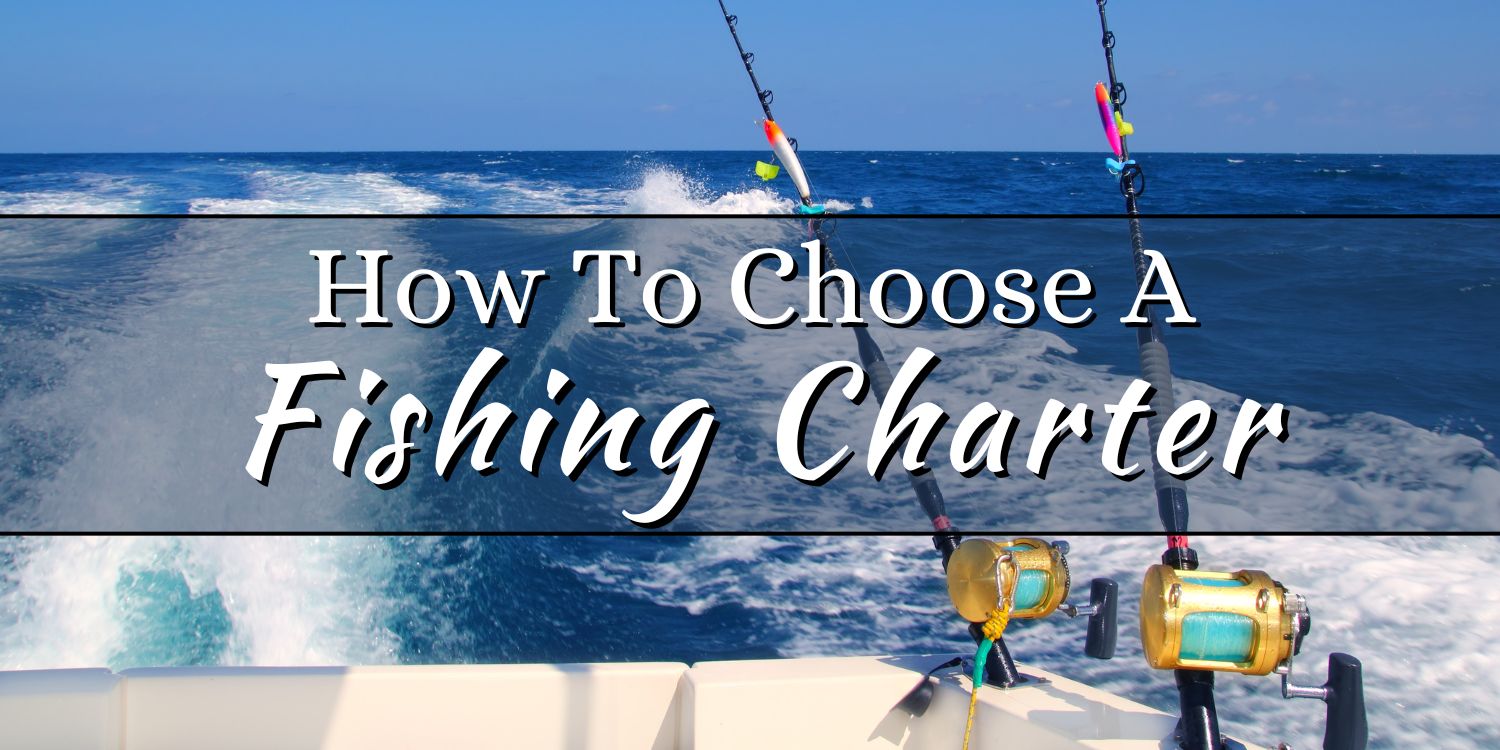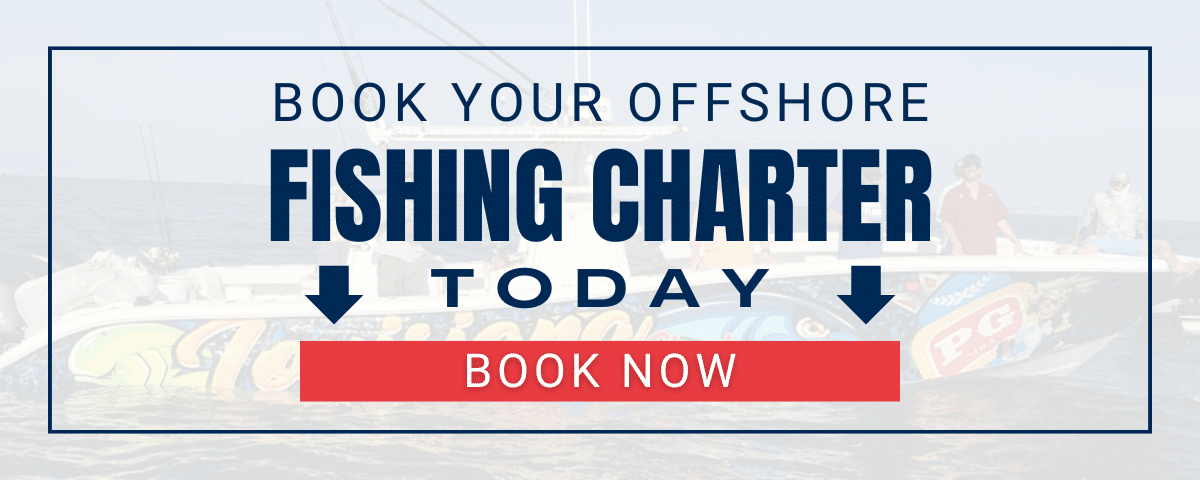Memories are made on fishing charters. It’s difficult to beat escaping from everyday life in a group and doing something different. You can choose to celebrate a normal occasion or a unique event. It is important that you choose the right charter for a great day on the water.
Here’s where we can assist. Many anglers have used us to plan their dream trips that will last them a lifetime. We will show you how to choose the right fishing charter to suit your needs. From choosing the type of trip, to selecting a captain and vessel, to ensuring you get the perfect photo experience. We have a lot to cover and are ready to begin!
What is a fishing charter?
A fishing charter can be defined as an excursion led by a knowledgeable captain or guide, with the help of other crew members, aboard a private vessel. These tours are designed to either teach guests how to fish or to take them to a certain fishing area in order to catch a specific type of fish.
Charters are tailored to suit the needs of both novices and experienced fishermen. Your excursion will aim to help you learn how to cast a line effectively, to catch some fish and to have fun in the open waters. Charters are priced according to where you want to go. How long you plan to spend on board the vessel.
Step 1: Choose a fishing experience
You need to know the type of charter that you are looking for before you start browsing boats and contacting captains. Charter companies are all different, and most specialize in a particular type of fishing. You can narrow down your search by taking note of these elements.
Shared or private
You have to decide whether you’d like to use the boat exclusively or share it with other anglers. There’s actually more to the story.
Charters that are shared by several people can be a great option for those who have experience with fishing rods. You can save money and meet new people while you fish. It is a disadvantage that the crew must be able to travel and assist everyone on the boat. Beginners may find this confusing. You also have little control over the way or location in which you fish.
A private charter allows you to customize your experience. You can fish at your own pace and choose the species that you want. Your captain will teach you the basics of fishing and show you how to get your catch to the boat. You’ll also receive a guide to provide you with information about the area. The cost of these trips is higher than those that are shared. However, the quality will be worth it.
Inshore, nearshore or offshore
Inshore
This type of fishing is done in waters that are protected and close to the land. It’s usually a few miles away from the shore. The fish are smaller and the water is calmer. It’s not just about fishing at sea. Many inshore fishing trips take place in mangroves or shallow bays.
Inshore trips are often short and you can start fishing within minutes after leaving the dock. Half-day trips have become increasingly popular. These short trips provide a lot of fun and are perfect for children who are just starting out, or have a little bit of experience. It doesn’t necessarily mean that pros will not get bored. Inshore fishing is also a great way to catch some of the best game fish in the world.
Nearshore
The fish grow bigger and more tasty as you move away from shore. Nearshore fishing trips are those that include travel and are centered around local wrecks or reefs. You’ll have to travel a certain distance from shore depending on where you are fishing. However, you will want to focus on easy-to-catch bottom fish.
Water will move away from shallow, protected water and into open waters. This usually occurs 2 to 9 miles from the shore. The ocean will be a little turbulent. Those who are just learning and children are usually okay. On these trips it’s common to try out different methods, such as bottom fishing. However, this can depend on where you are fishing and who you’re with!
Offshore
Blue waters are another option. Louisiana fishing charters will take you so far offshore that you’ll be completely cut off from the land. This is a serious experience of sportfishing and usually lasts the whole day. The fish are large and powerful. The water could be rough. For experienced anglers who want to challenge themselves, offshore fishing is the perfect option.
In general, offshore fishing takes place at least 9 miles from shore and can be done in water depths ranging from 50 feet to 100 feet. You’ll be able to catch large pelagic predators, which are great for a good workout. Offshore fishing charters require a lot more travel time than charters nearshore or inshore. It is not necessary to travel long distances for a fishing charter.
Deep sea
Deep sea fishing is also called big game fishing. Many offshore fishing trips include deep sea fishing. However, the water depth is one of the main differences. Charters for deep-sea fishing will typically take you to waters that are at least one hundred feet deep, with 300 feet or more becoming the norm. You’ll most likely be fishing in a larger boat with heavier gear.
Charters of this type usually last a full day, as you will be fishing in deep waters and at times within underwater canyons. The overnight charters will depend on where you want to fish. This way, you can make the most out of your deep-sea fishing experience. These charters don’t shy away from the big fish, but they are a great option for those who want to catch them.
Step 2: Choose a Charter Service
It’s time to find it! In the digital age, it’s no longer necessary for you to collect flyers on the boardwalk. You can find out a lot about charters by visiting their website or Facebook page. These are the main factors you should be looking for.
The captain
The captain is the main reason for your journey. This is why it makes sense to get to know the captain before booking your fishing charter. Ask how long they have been in business. How long has the company been fishing in that area? Are they local? A guide who is knowledgeable could make the difference between a fun day trip and a trip to remember.
You can learn a lot about a captain by looking at his fishing logs. These logs are a public record that shows what fish the captain has caught and what charters he’s run. They can reveal how frequently the captain is on the water, or what species and habitats he focuses on.
Lastly, reviews. It is not necessary to emphasize how important reviews are for online shopping. Review content may be more important than the captain’s rating. Check out recent reviews and see how the captain has excelled. Communication and flexibility before and during your trip can impact your experience, just like the amount of fish that you catch.

The boat
Most people consider this factor when selecting charters, and it is certainly something worth considering. Which is more important to you, comfort or ease? What about an inflatable house or a sleek fishing machine? Charter boats come in many different types, each with their own pros and cons. The majority of charters are run with center consoles and sportfishing boats.
The consoles can be operated at a low cost and are fast. The area is open with little to no shade. You can move around freely as you fight fish. Most of them have a small toilet in the console. Toilets are located on the deck of fishing boats that have sportfishing facilities. There is plenty of space between the sun and the top. These boats are also more stable and perfect for avoiding seasickness. What’s the downside? The downside? They are slower, more expensive and do not allow shallow water fishing.
All boats have a maximum capacity. The number of people that can be accommodated depends on the boat’s license, not the actual amount. The boat is legally allowed to carry four passengers but it’s better for only two. A family of four can comfortably fit in a boat that is 22 feet long. Sport fishing boats should be able to accommodate six people.
Permits and licenses
Select a charter service that has all the necessary documents. Make sure that the person you choose is educated. You will also be able to avoid any problems if the Coast Guard should show up. You should be on the lookout for a fishing permit, a captain’s license, and insurance. Each country will have its own rules, which may vary by state.
In the US, there are different licenses for fishing in federal and State waters. It is important to have federal licenses when fishing in the Gulf of Mexico, where they are hard to find. The Coast Guard will crack down on anyone fishing without a license. If you plan to fish offshore, you should ensure that your charter is federally licensed.
Step 3: Speak to the captain
Charters are not any more difficult thanks to the Internet. It is always a good idea to ask about the Captain’s past experience before you sign up for a Charter. You can create a package to suit your specific needs, rather than choosing from the “off-the-shelf” options. Ask yourself these questions:
- What do fish eat? Most fish migrate. Water conditions can change from week to week. The fish may be present but not available for harvest. You can find a lot of information on the internet, but it is best to call your local fisheries office if you are looking for a specific species.
- What should I bring? What should I pack? Do you have child-size life jackets available? What else can you bring with you? What else can you bring? Bring cash to tip the driver!
- What do you do with your catch? In many countries, the crew keeps some or all the fish. You can keep all of your fish on shared trips or share them. Do you plan to release your catch? Let the captain know in advance.
- Do you offer discounted rates? It’s not the most common question asked by captains, but is worth asking. Veterans and military personnel are often eligible for discounts. First responders and medical personnel can also save money.
- Do I need to start later? Captains are often flexible about the departure time, especially in low season. Speak to your guide if you have a tight schedule or dislike early mornings. Your guide may be able to start earlier.
- Do you have insurance? Insurance is not required in most countries, including the US. You should know whether insurance is offered and what’s covered. This can help you feel more secure and learn more about your captain.
Step 4: Book a charter
The final step is to reserve a charter. Book your offshore fishing charter using this link.
Now that you’ve learned all about fishing charters and how to choose one, all you need to do is book it. Of course, if you are interested in booking an offshore fishing charter with us, we would love to help you create an amazing experience.
Either way, you now have the information and knowledge to make the right decision for you. We hope you have a great trip!




